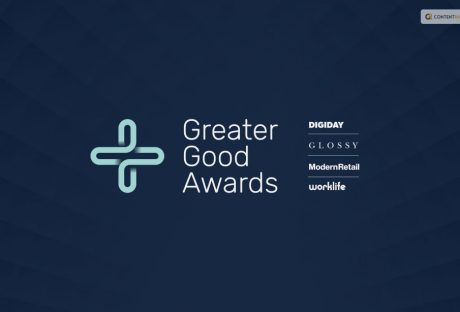After the incident of disabling ad blockers, YouTube Premium has recently made headlines by implementing significant price increases for its services, impacting users in the US, Canada, and beyond.
Last October, the YouTube Premium family plan experienced a substantial price hike in the US and Canada. Subsequently, in July of this year, the company raised the cost of its YouTube Premium individual plan by $2 for US customers, leaving international users unscathed. These changes were coupled with YouTube’s experiments in delivering longer ads and combating ad-blockers, indirectly encouraging users to consider subscription options.
Fresh off the heels of YouTube’s global crackdown on ad-blockers, the company has decided to elevate the prices of its Premium plans for international users. This decision has sparked reactions from YouTube Premium and YouTube Music Premium subscribers in various countries, including Germany, Australia, and others, who have received emails notifying them of significant price increases. These new rates are set to take effect on November 1, impacting individual, family, and student plans.
In Australia, where the YouTube Premium subscription was previously priced at AU$12 per month, a notable AU$5 increase will bring the monthly cost to AU$17. The family plan, too, is witnessing an increase, rising from AU$23 to AU$33 per month. However, for those on grandfathered plans, the price hike is even steeper, climbing from AU$18 to AU$33 monthly, constituting an 83% surge.
YouTube acknowledges the impact of these changes, noting in its email that this marks the first price increase for the service in Australia and that such decisions are not made lightly. Long-term subscribers will experience a higher subscription cost from April 2024, with an additional three months at the existing rate as a token of appreciation for their loyalty.
Meanwhile, in Germany, YouTube Premium will see a €1 increase, rising from €12 to €13 per month, while the family plan undergoes a more substantial €6 rise, reaching €24 monthly. New users will experience these changes immediately while existing subscribers will witness the new pricing after 30 days from their next billing cycle.
Reports from 9to5Google indicate that price hikes are also impacting YouTube Premium users in Austria, Chile, Poland, and Turkey, suggesting that YouTube may roll out similar price increases in other key international markets in the near future
Read More About:






















